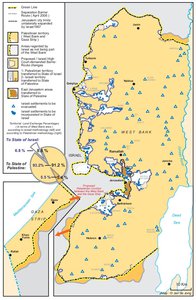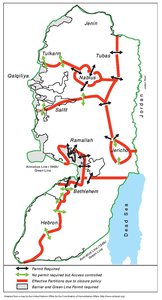AGREED DOCUMENTS ON MOVEMENT AND ACCESS FROM AND TO GAZA, 2005
Map Details
Shortly before the implementation of the Disengagement Plan in the summer of 2005, the Middle East Quartet Special Envoy for Disengagement James Wolfensohn announced that a number of conditions needed to be met in order for the disengagement to be "an economic success for the Palestinians" as well as a security success for Israel. Four of these conditions concerned the movement of persons and cargo, with Wolfensohn stressing the need for "smoothly functioning border points between Gaza and Israel and […] with Egypt"; the "free movement of goods and people between Gaza and the West Bank"; a further easing of the "system of closures and movement restrictions in the West Bank" and "a land and a sea port […] to give Gaza and the West Bank direct access to third countries." In November 2005, about two months after the Israeli disengagement, Wolfensohn pursued the realization of these conditions by joining forces with US Secretary of State Condoleezza Rice and EU High Representative for the Common Foreign and Security Policy Javier Solana to facilitate talks between the PA and Israel aimed at "hammering out practical arrangements to gain the benefits of [the Israeli disengagement] and improve conditions in the rest of the Palestinian territories." The negotiations resulted in the PA and Israel signing two related agreements on 15 November, namely the Agreement on Movement and Access (AMA) and the Agreed Principles for Rafah Crossing (APRC). Echoing Wolfensohn's conditions, the AMA and APRC were meant to facilitate "the movement of people and goods within the Palestinian Territories" as well as the opening of "an international crossing on the Gaza-Egypt border [the Rafah crossing] that will put the Palestinians in control of the entry and exit of people." The AMA outlined the six main provisions on which agreement had been reached. First, the PA would gain control over the movement and access from and to Gaza through the international Rafah crossing on the Gaza-Egypt border. The target date for the opening of Rafah was 25 November 2005. Second, Israel would gradually increase the operating capacity of other crossings for goods and persons between Israel, Gaza and the West Bank. In particular, it would allow more export trucks from Gaza to pass through the Gaza-Israel Karni crossing point and would, on an urgent basis, "permit the export of all agricultural products from Gaza during [the] 2005 harvest season." Third, Israel would allow the movement of people and goods between Gaza and the West Bank by means of, respectively, bus and truck convoys. Fourth, the US and Israel would cooperate to make sure that the obstacles to the movement of persons and goods within the West Bank would be minimized by the end of the year. Fifth, the Palestinians were allowed to start the construction of a seaport at Gaza. Finally, the parties would continue discussions considering the "security arrangements, construction and operation" of a future Palestinian airport. The APRC specified which arrangements were agreed upon with regard to the establishment and operation of the international crossing at Rafah. In addition to outlining Israeli-Palestinian cooperation on the security and customs procedures at Rafah, the APRC assigned the EU the role of third party, responsible for assisting the PA in operating the crossing as well as evaluating the PA's performance after 12 months and subsequently making recommendations for future arrangements between all the parties involved. For this purpose, the Council of the EU established the European Union Border Assistance Mission for the Rafah Crossing Point (EUBAM Rafah) in November 2005. Although the AMA and APRC promised "to promote peaceful economic development and improve the humanitarian situation" in the Palestinian territories and Israel, little came of it. In fact, when the UN Office for the Coordination of Humanitarian Affairs (OCHA) published a first year evaluation of the implementation of the agreements in November 2006, it concluded that "there has been no peaceful economic development […] but rather a deterioration in the humanitarian situation and an increase in violence overall." With regard to the Rafah crossing, progress was initially very promising, since the target for the opening was met and the crossing operated virtually every day between 25 November 2005 and 25 June 2006. However, from then until the publication of the evaluation report, Israel closed the crossing on about 86% of the days, citing security reasons. Similarly, despite some initial progress, Israel did not hold its promise of increasing the operating capacity of the crossings between Gaza and Israel, but actually restricted the already limited movement of goods and persons from and to Gaza further. The Karni crossing, for example, was closed for over half of the year in 2006, while it had been open for more than 80% of days in 2004 and 2005. Moreover, less than 4% of the 2005 Gaza harvest was exported. The AMA failed to improve the movement of people between Gaza Strip and the West Bank as well. The respective deadlines for bus and truck convoys were not met, nor was any progress made afterwards, leading the UN OCHA to conclude that travel between the Palestinian areas remained "virtually impossible." Movement within the West Bank also got worse in the first year after the signing of AMA and APRC. Instead of the projected decrease in the number of obstacles, there was a 44% increase. Furthermore, construction of a seaport at Gaza did not start, while the discussions considering an airport at Gaza were abandoned. After Hamas' electoral victory in 2006, Israel imposed a political and economic blockade on Gaza, thereby effectively freezing the AMA. Following Hamas' hostile takeover of Gaza in the summer 2007, Israel tightened the Gaza blockade, while EU BAM Rafah suspended its operations at the crossing point. Since then, the provisions in the AMA and APRC have been completely neglected by Israel, while the economic and humanitarian crisis in "the world's largest open-air prison" has only deepened.
Related Maps
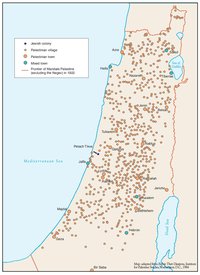
OTTOMAN PALESTINE, 1878
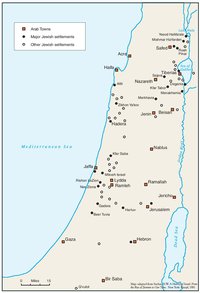
ARAB TOWNS AND JEWISH SETTLEMENTS IN PALESTINE, 1881-1914
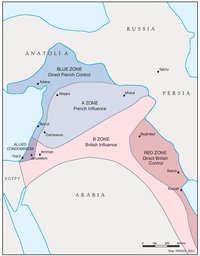
THE SYKES-PICOT AGREEMENT, 1916
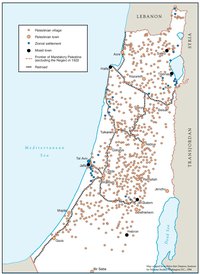
THE BEGINNING OF THE BRITISH MANDATE, 1920
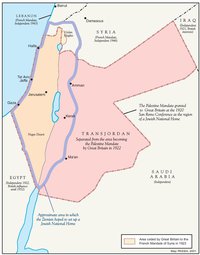
PALESTINE UNDER THE BRITISH MANDATE
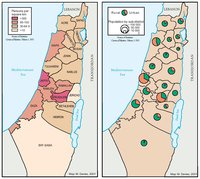
THE DEMOGRAPHY OF PALESTINE, 1931
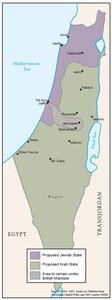
THE PEEL COMMISSION PARTITION PROPOSAL, 1937
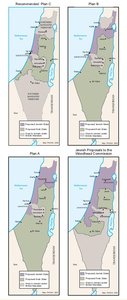
THE WOODHEAD COMMISSION PARTITION PROPOSALS, 1938
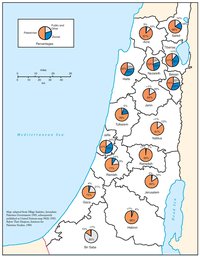
PALESTINIAN AND ZIONIST LANDOWNERSHIP BY SUB-DISTRICT, 1945
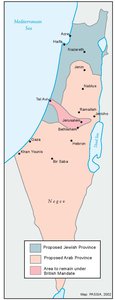
THE MORRISON-GRADY PARTITIONED TRUSTEESHIP PLAN, 1946
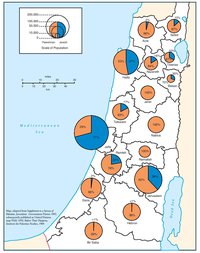
POPULATION OF PALESTINE BY SUB-DISTRICT, 1946
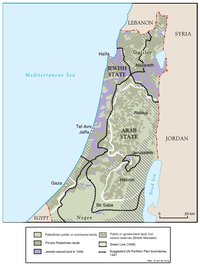
LAND OWNERSHIP IN PALESTINE, 1948
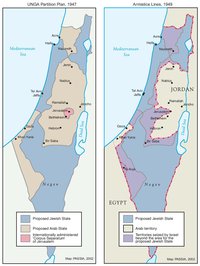
THE UNGA PARTITION PLAN, 1947 – THE 1948 WAR & THE 1949 ARMISTICE LINES
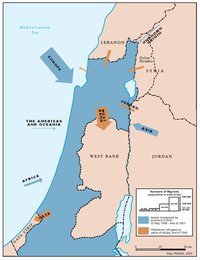
POPULATION MOVEMENTS, 1948-1951
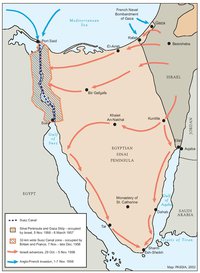
THE SUEZ WAR, 1956
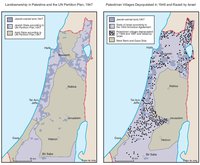
LAND OWNERSHIP IN PALESTINE AND THE UN PARTITION PLAN - PALESTINIAN DEPOPULATED AND DESTROYED VILLAGES, 1948-1949
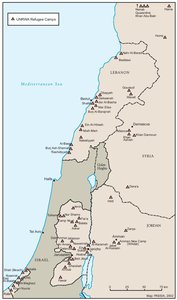
THE PALESTINIAN DIASPORA, 1958
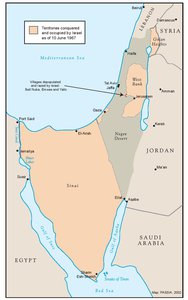
THE NEAR EAST AFTER THE JUNE 1967 WAR
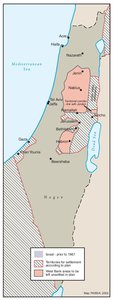
THE ALLON PLAN, JUNE 1967
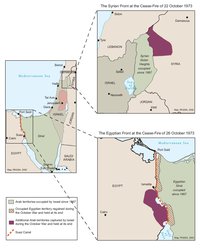
THE OCTOBER WAR, 1973
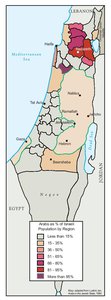
THE PALESTINIANS INSIDE ISRAEL, 1977
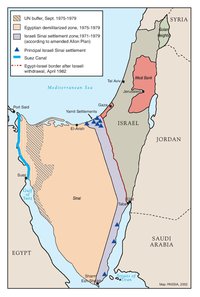
THE CAMP DAVID ACCORDS, 1978-1979
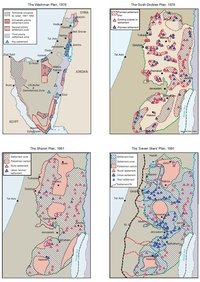
ISRAELI SETTLEMENT MASTER PLANS, 1976-1991
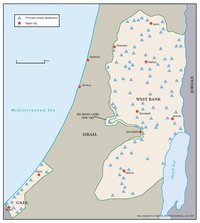
THE 1991 MADRID PEACE CONFERENCE & ISRAELI SETTLEMENTS
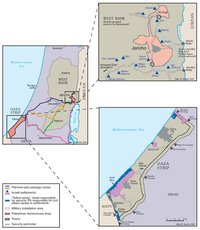
GAZA-JERICHO (OSLO I) AGREEMENT, CAIRO, 4 MAY 1994
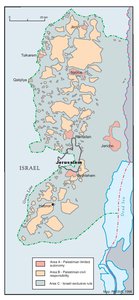
INTERIM (OSLO II) AGREEMENT, TABA, 28 SEPTEMBER 1995
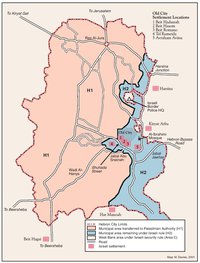
HEBRON PROTOCOL, 15 JANUARY 1997
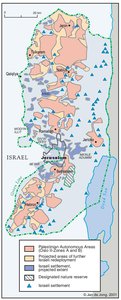
WYE RIVER MEMORANDUM, 23 OCTOBER 1998
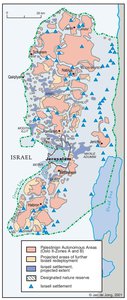
SHARM ESH-SHEIKH AGREEMENT, 4 SEPTEMBER 1999
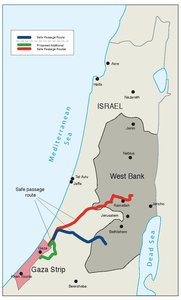
PROTOCOL CONCERNING SAFE PASSAGE BETWEEN THE WEST BANK AND THE GAZA STRIP, 5 OCTOBER 1999
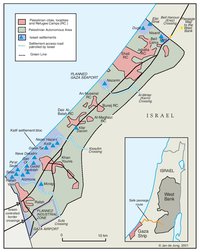
GAZA, 2000
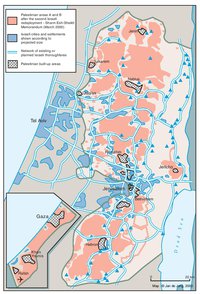
WEST BANK AND GAZA STRIP, MARCH 2000
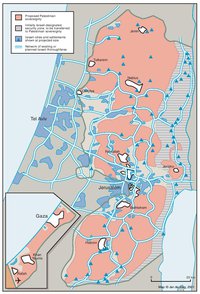
CAMP DAVID PROJECTION, JULY 2000
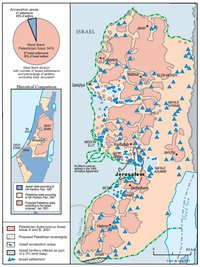
TABA TALKS PROJECTION, JANUARY 2001
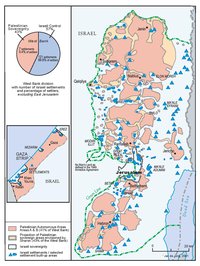
THE SHARON PROPOSAL, SPRING 2001
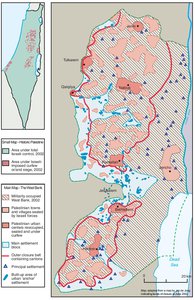
THE REINVASION OF THE PALESTINIAN TERRITORIES, 2001-2002
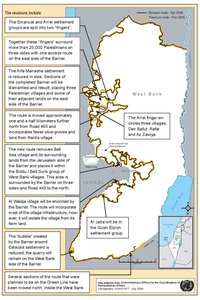
THE ROAD MAP, 2003
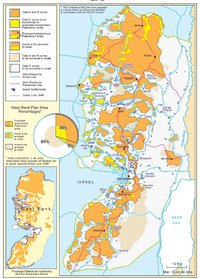
THE GENEVA INITIATIVE AND ACCORD, 2003
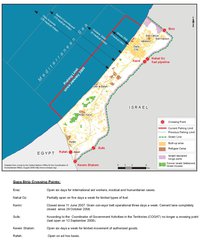
THE ISRAELI DISENGAGEMENT PLAN, 2003-2005
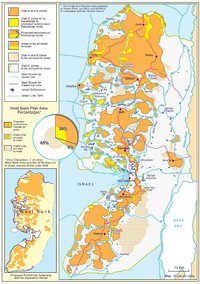
THE SETTLERS' PLAN FOR PALESTINIAN AUTONOMY, 2006
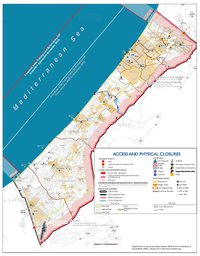
THE GAZA STRIP TODAY (2014)
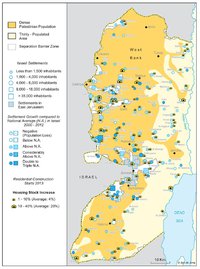
THE WEST BANK TODAY (2014)
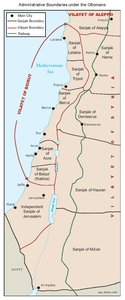
ADMINISTRATIVE BOUNDARIES
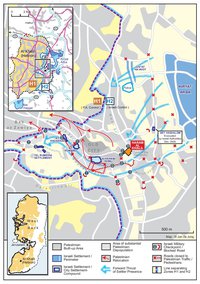
HEBRON
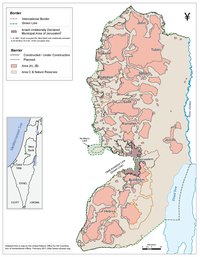
Area C
